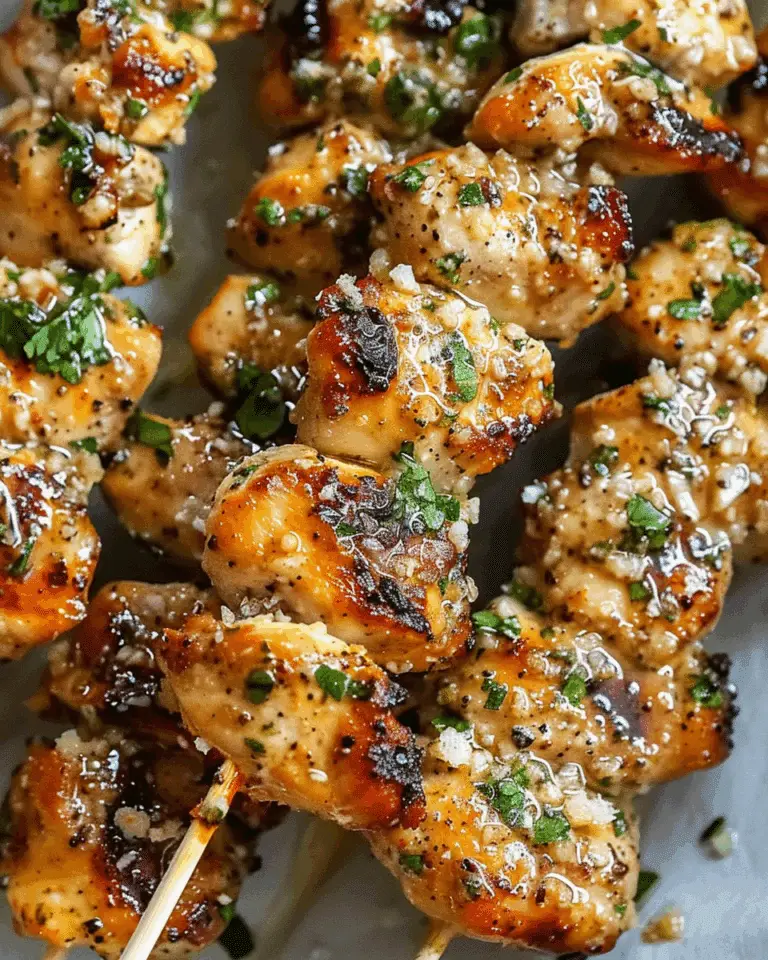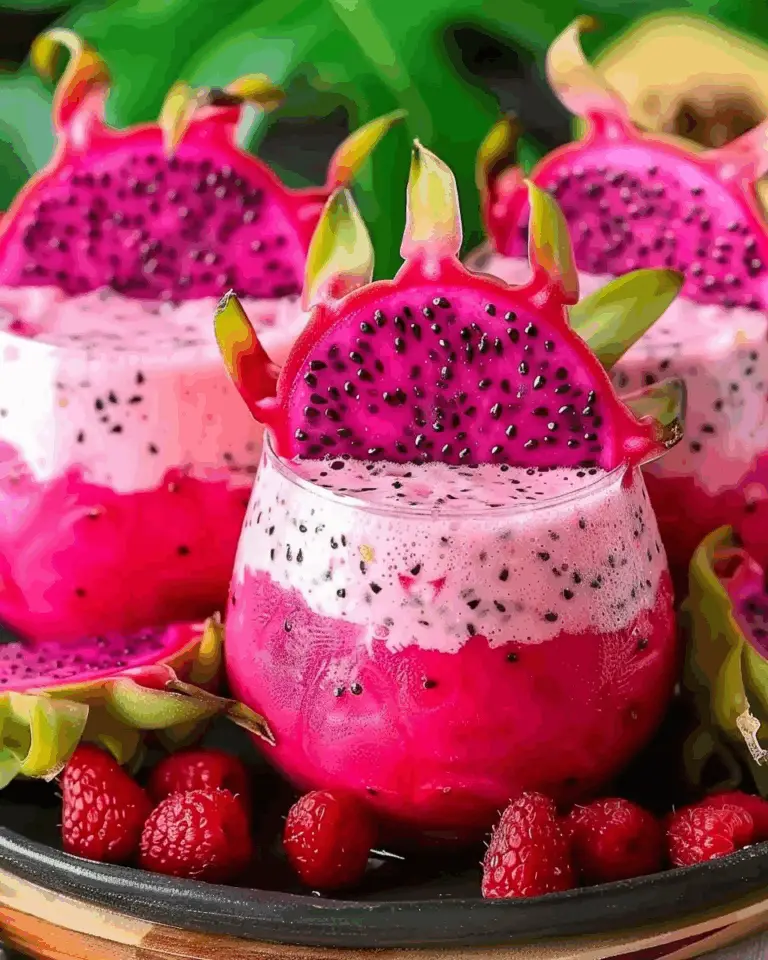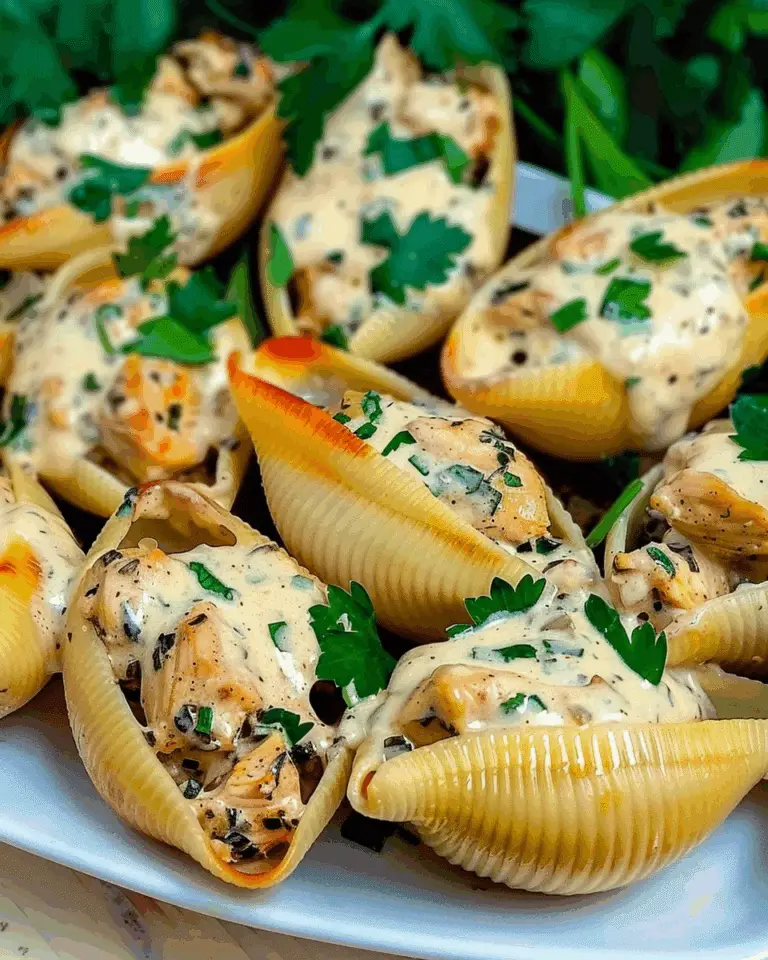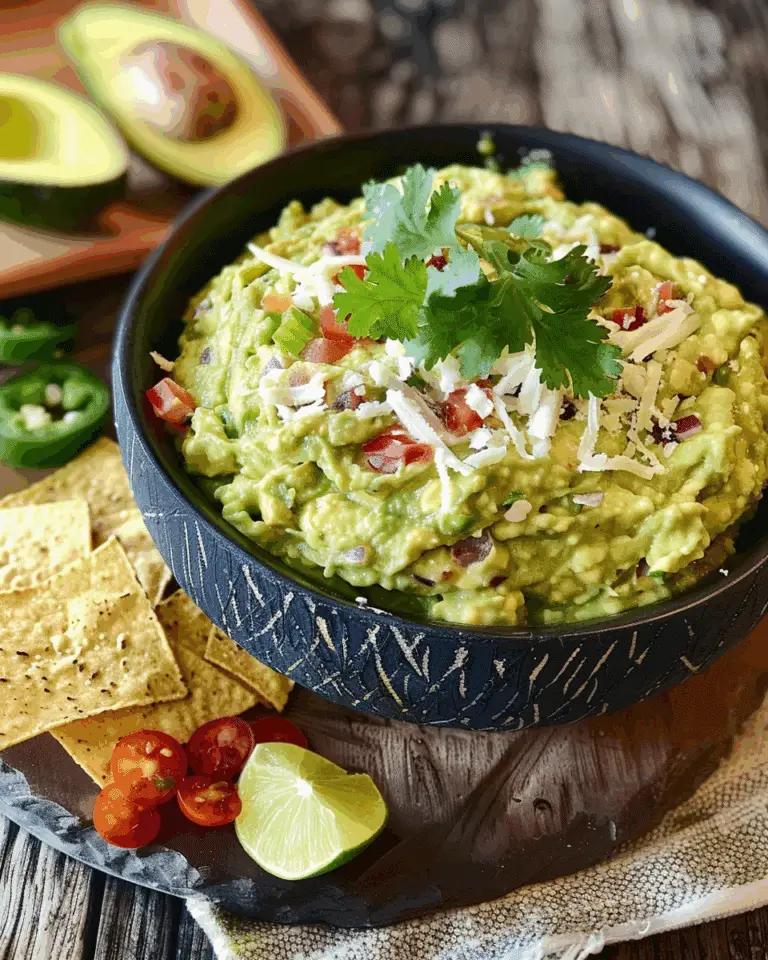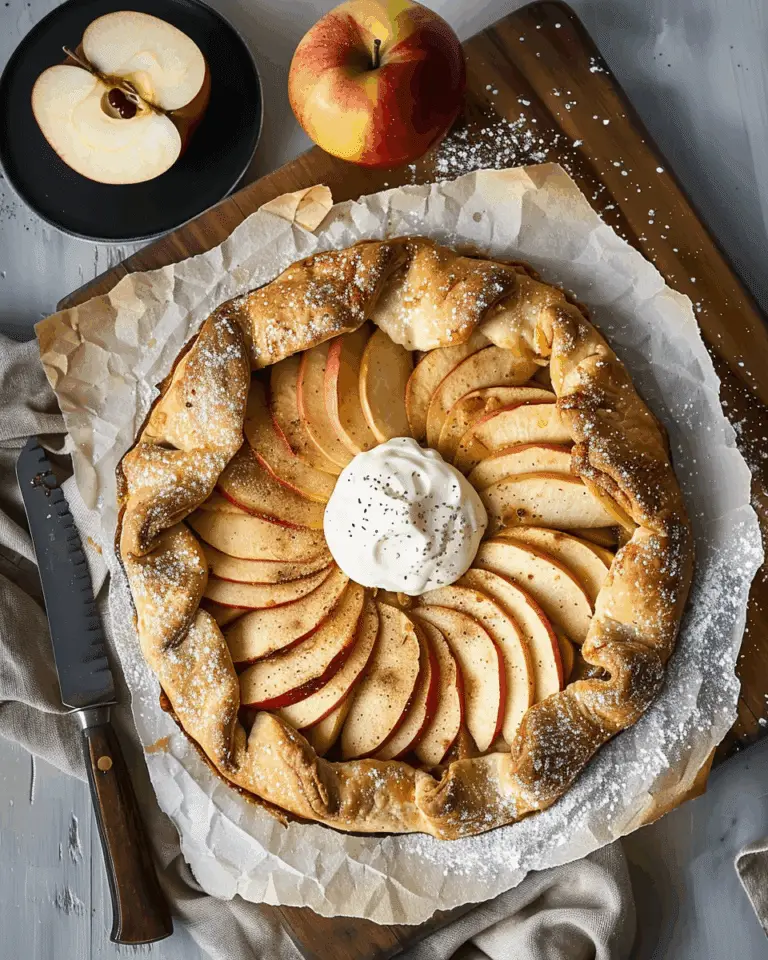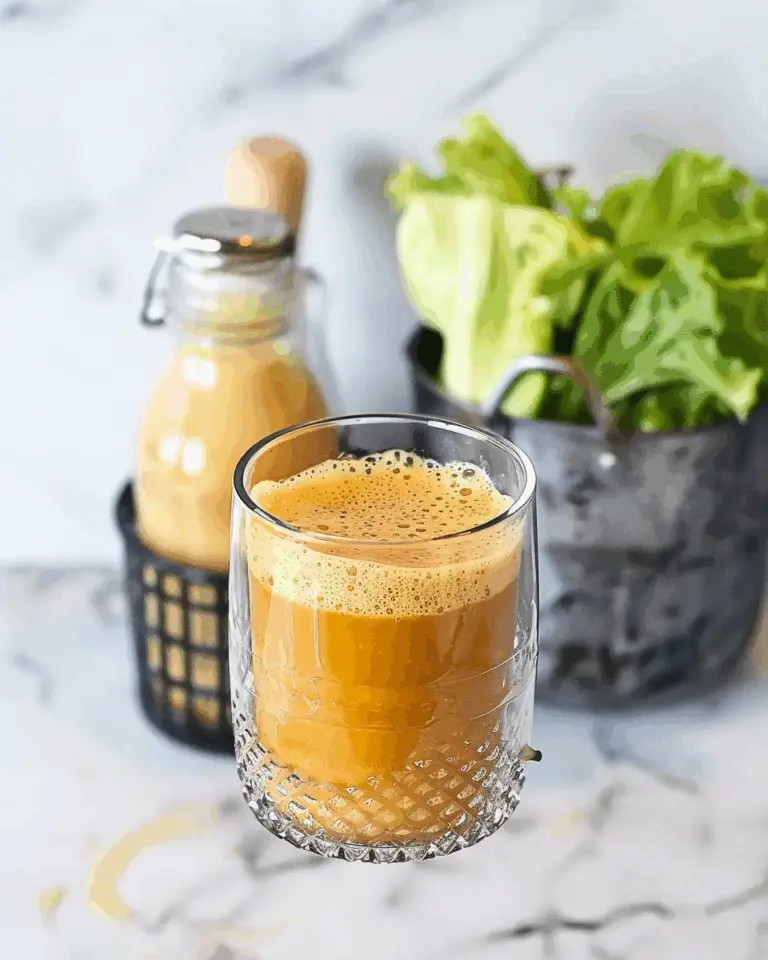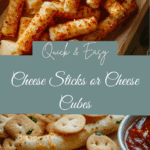Whether I’m building a quick snack plate, stuffing something into my gym bag, or standing in front of the fridge wondering what’s next, cheese is my ride-or-die. But even in the world of cheese, there’s a debate that I find myself revisiting more than I’d like to admit: cheese sticks or cheese cubes?
Both bring something special to the snack table. One is pure grab-and-go simplicity. The other feels like a snack upgrade—like I meal-prepped even when I barely had time. So let’s break this down and settle it once and for all (or at least until tomorrow’s snack craving hits).
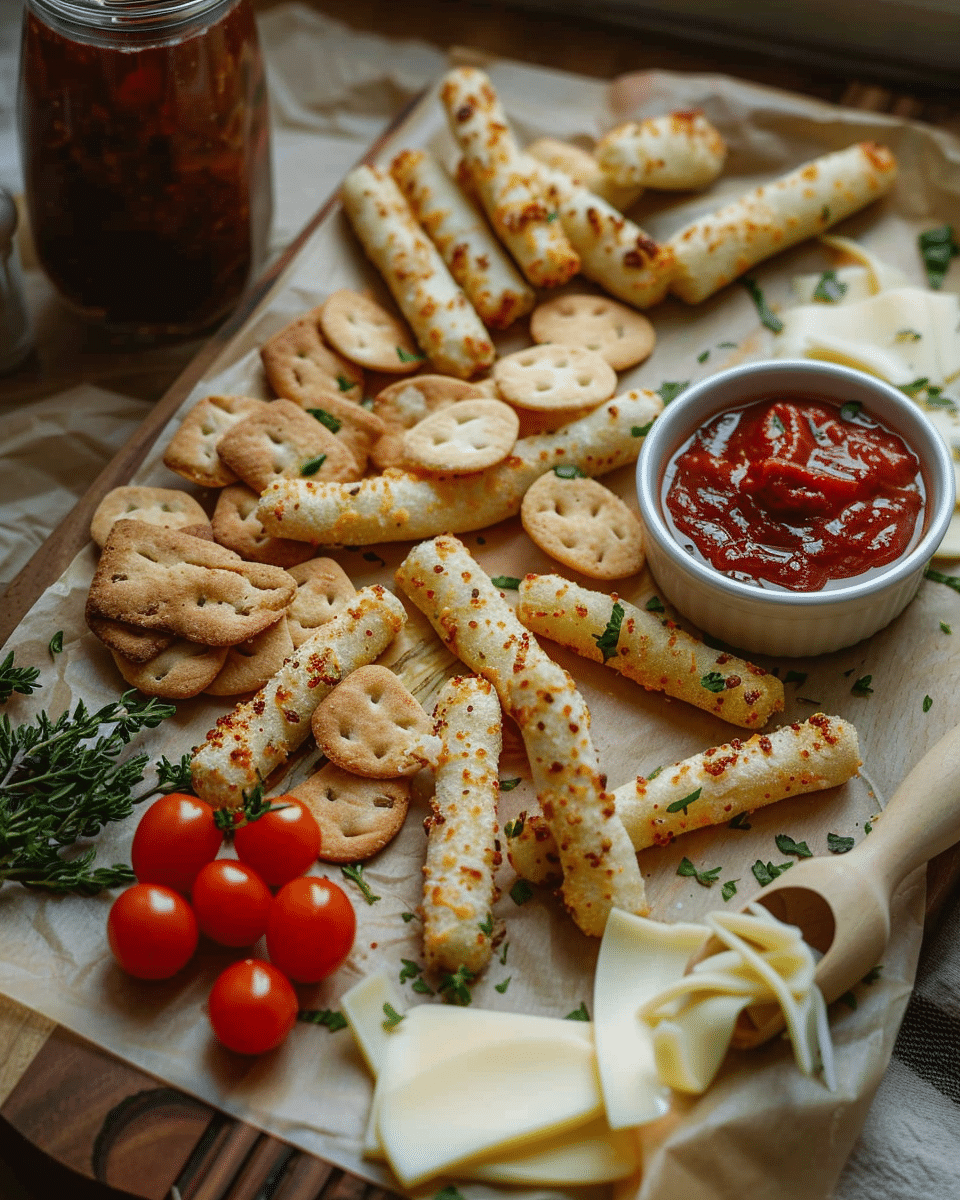
Why You’ll Love This Recipe
I love this snack setup because it’s flexible, fuss-free, and full of protein. Whether I’m on a high-protein Mediterranean kick or just trying to avoid that mid-afternoon vending machine temptation, cheese sticks and cubes always come through. They’re fridge-friendly, portable, and satisfyingly savory.
Plus, I can mix and match with nuts, veggies, fruit, and crackers to make a full meal out of a snack. It’s adult Lunchable energy, and I’m here for it.
Ingredients
(Here’s a tip: Check out the full list of ingredients and measurements in the recipe card below.)
-
Cheese sticks: mozzarella, cheddar, Colby Jack, gouda, or pepper jack
-
Cheese cubes: aged cheddar, gouda, manchego, or Havarti
-
Optional additions:
-
Boiled eggs
-
Turkey slices or smoked salmon
-
Cucumber sticks, baby carrots, cherry tomatoes
-
Whole grain crackers or sourdough
-
Hummus, tzatziki, or nut butter for dipping
-
Nuts like almonds or cashews
-
Fresh fruits such as grapes or apple slices
-
Directions
-
Pick your cheese base: I choose between cheese sticks for portability or cheese cubes for variety and prep-friendly snack plates.
-
Add protein: I usually toss in a boiled egg, turkey roll-ups, or some leftover grilled chicken.
-
Include fiber and crunch: Raw veggies, fruit, and whole grain crackers make it a balanced meal.
-
Throw in a dip: I’m a hummus or tzatziki fan, but anything creamy works.
-
Assemble your snack plate or pack into containers for on-the-go meals or midday snacks.
Servings and timing
-
Servings: 1 to 2 servings per snack plate (depending on how hungry I am)
-
Prep time: 5 minutes
-
Total time: 5 minutes
Variations
-
Spicy twist: I swap in pepper jack or add jalapeño slices.
-
Low-carb version: I skip the crackers and double up on veggies.
-
Fancy version: Manchego cubes, olives, fig jam, and sourdough—charcuterie vibes without the hassle.
-
Kid-friendly: Mild cheddar cubes or mozzarella sticks with apple slices and pretzels.
-
Breakfast plate: Cheese cubes with boiled eggs, fruit, and a few almonds.
storage/reheating
I store pre-cut cheese cubes in an airtight container in the fridge for up to 5 days. I layer them with parchment paper so they don’t stick together. Cheese sticks stay fresh in their original wrappers and are perfect for tossing into lunch bags or backpacks.
I don’t reheat cheese snacks (they’re better cold or room temp), but if I’m using cubes in casseroles or egg muffins, I toss them in before baking—no need to melt in advance.
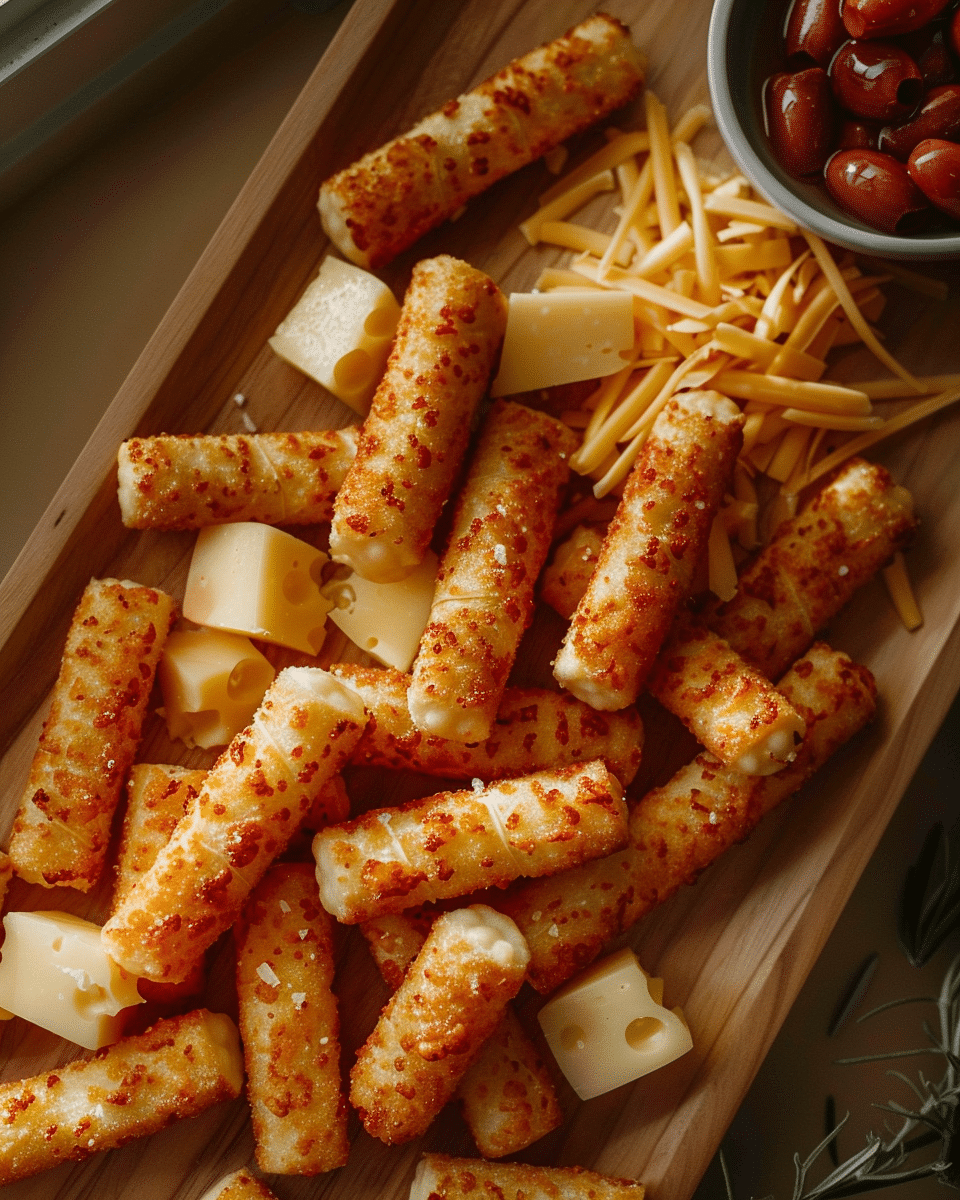
FAQs
What’s healthier: cheese sticks or cheese cubes?
Both are great sources of protein and calcium. I usually go for cheese sticks if I want built-in portion control, and cubes when I want flavor variety or need to prep a larger plate.
Can I make my own cheese sticks at home?
Yes, I just slice a block of mozzarella or cheddar into stick-sized pieces and store them in reusable containers. It’s cheaper and lets me customize the type of cheese I’m snacking on.
How do I keep cheese cubes from drying out?
I always use airtight containers and layer with parchment paper. Keeping them in the fridge and using them within a few days keeps them fresh and snack-ready.
Are cheese snacks okay on a high-protein or low-carb diet?
Absolutely. I include cheese in my high-protein Mediterranean meal prep all the time. It keeps me full and adds flavor without unnecessary carbs.
Can I freeze cheese sticks or cubes?
Technically yes, but I avoid it. Freezing changes the texture. I prefer to prep small batches weekly and store them fresh in the fridge.
Conclusion
At the end of the day, cheese sticks and cubes both earn their spot in my snack rotation. Whether I need something quick on the go or I’m building a balanced plate that feels a little more intentional, cheese is always my go-to. I like having both options in my fridge so I can snack smart, stay full, and still enjoy every bite.
Print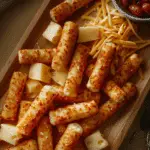
Cheese Sticks or Cheese Cubes
- Total Time: 5 minutes
- Yield: 1–2 servings per plate
Description
A quick, protein-packed snack option where you can choose between portable cheese sticks or prep-friendly cheese cubes, paired with optional sides for a balanced plate.
Ingredients
- Cheese sticks: mozzarella, cheddar, Colby Jack, gouda, or pepper jack
- Cheese cubes: aged cheddar, gouda, manchego, or Havarti
- Optional additions:
- Boiled eggs
- Turkey slices or smoked salmon
- Cucumber sticks, baby carrots, cherry tomatoes
- Whole grain crackers or sourdough
- Hummus, tzatziki, or nut butter for dipping
- Nuts like almonds or cashews
- Fresh fruits such as grapes or apple slices
Instructions
- Choose your cheese base: sticks for portability or cubes for variety and snack plates.
- Add protein such as boiled eggs, turkey roll-ups, or grilled chicken.
- Include veggies, fruits, and whole grain crackers for fiber and crunch.
- Pair with a dip like hummus or tzatziki for extra flavor.
- Assemble on a snack plate or pack into containers for on-the-go meals.
Notes
- Cheese sticks are best for portion control and portability.
- Cheese cubes work well for charcuterie-style snack plates.
- Layer cubes with parchment paper to prevent sticking.
- Both are fridge-friendly and pair well with nuts, fruit, or dips.
- Prep Time: 5 minutes
- Cook Time: 0 minutes
- Category: Snacks
- Method: No-Cook
- Cuisine: American
Nutrition
- Serving Size: 1 plate
- Calories: 250
- Sugar: 2g
- Sodium: 350mg
- Fat: 20g
- Saturated Fat: 12g
- Unsaturated Fat: 7g
- Trans Fat: 0g
- Carbohydrates: 4g
- Fiber: 1g
- Protein: 14g
- Cholesterol: 50mg

